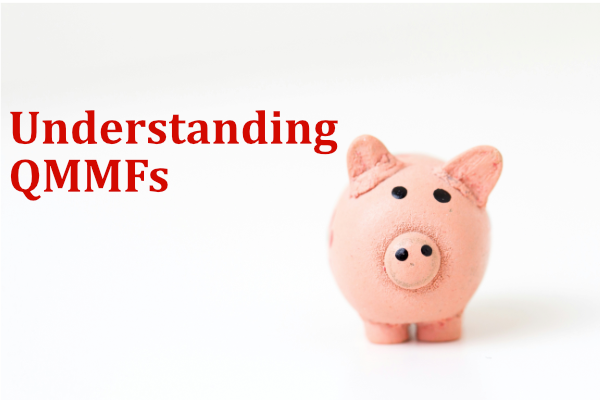Combining UK Pensions - The Guide

Combining pensions might seem like a daunting task, but it doesn't have to be. Whether you've worked for multiple employers or have a mix of workplace and personal pensions, bringing them together can simplify your retirement planning and potentially save on fees. Here's a straightforward guide to help you understand the process.
Why Combine Pensions?
Simplify Your Finances
Having all your pensions in one place makes it easier to manage your retirement savings. You’ll get a clearer picture of your total savings, and it’s simpler to track growth and make decisions.
Save on Fees
Multiple pension pots mean multiple sets of fees. Combining them can reduce these costs, especially if you consolidate into a plan with lower management fees.
Better Investment Choices
Larger pension pots often provide access to a wider range of investment options, potentially leading to better growth over time.
Steps to Combine Your Pensions
1. Identify Your Pension Pots
Start by listing all your pension pots. This includes:
- Workplace pensions from previous employers
- Personal pensions
- State Pension (although this can’t be combined with private pensions, it's good to keep track of it)
2. Check for Any Exit Fees
Some pensions might charge a fee for transferring out. Contact your pension providers to find out if there are any exit fees or penalties.
3. Compare Pension Plans
Not all pension plans are created equal. Compare:
- Fees and charges
- Investment performance
- Range of investment options
- Additional benefits (e.g., death benefits, guarantees)
4. Decide Where to Consolidate
Choose a pension plan to consolidate into. This could be your current workplace pension, a personal pension with good terms, or a new pension plan with better features.
5. Transfer Your Pensions
Contact your chosen pension provider and ask them to arrange the transfers. They’ll typically handle most of the paperwork, but you may need to provide some information.
6. Monitor Your Consolidated Pension
Once combined, keep an eye on your pension to ensure it’s performing well. Regularly review your investment choices and fees.
Things to Consider
Potential Downsides
- Loss of Benefits: Some old pensions may have valuable guarantees or benefits that you'll lose if you transfer.
- Exit Fees: High exit fees can outweigh the benefits of consolidating.
- Investment Performance: Make sure the new plan has a strong track record of good performance.
Seek Professional Advice
Combining pensions can be complex, especially if you have several pots with different rules and benefits. Consider consulting a financial adviser to ensure you're making the best decision for your retirement.
Useful Resources
Government and Regulatory Bodies
- MoneyHelper: Offers free and impartial advice on pensions and retirement.
- The Pensions Advisory Service: Provides guidance on all pension matters.
- Financial Conduct Authority (FCA): The regulator for financial services firms and financial markets in the UK.
Pension Providers
Visit the websites of your current pension providers for specific details on their transfer processes and fees.
Combining your pensions can streamline your retirement savings and potentially lead to better financial outcomes. By following these steps and considering professional advice, you can make informed decisions about your pension consolidation.
Remember, the key is to take it step by step and not rush the process. Your future self will thank you!


